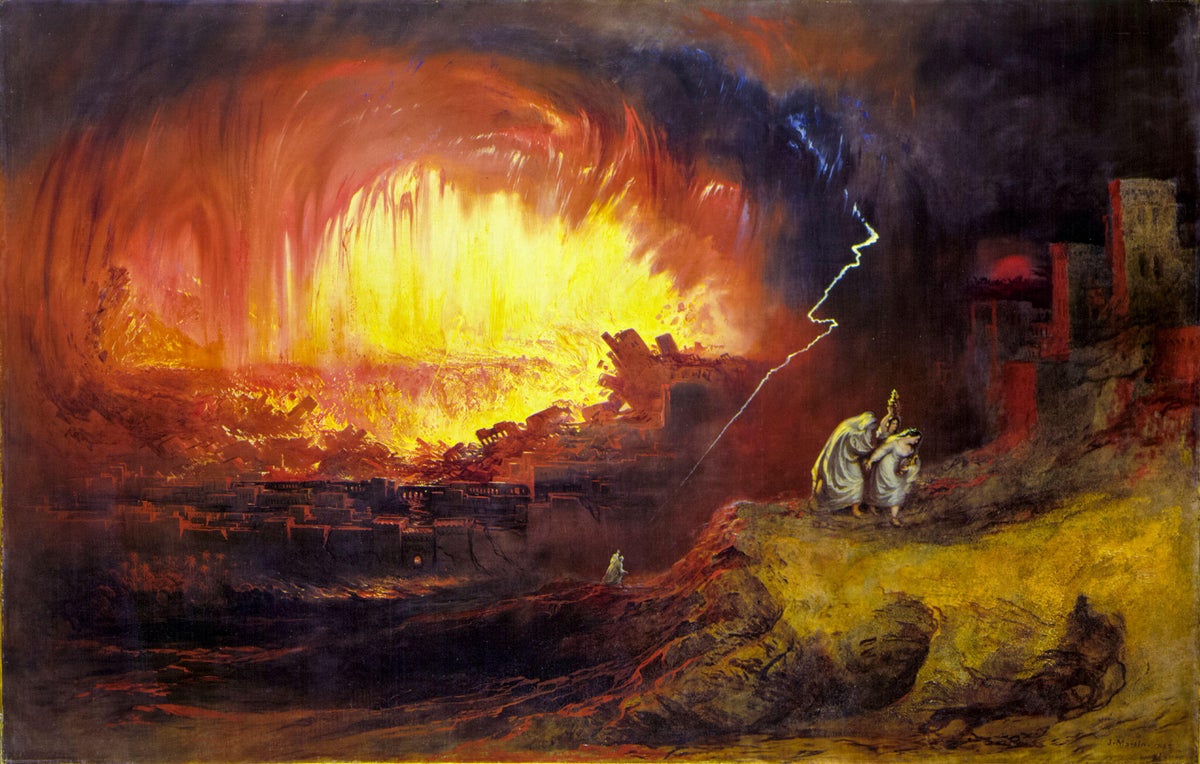
"The alleged destruction of Tall el-Hammam around 1650 BCE, with reports of melted pottery and mudbricks, pointed to the Bible, the team concluded."
"Science, however, is not a popularity contest, and the cosmic outburst story indeed holds a different lesson than the one first supposed."
"Scientific Reports retracted the finding, writing that claims that an airburst event destroyed the Middle Bronze Age city of Tall el-Hammam appear to not be sufficiently supported by the data."
"Independent scientists alerted them to faulty methodology, errors of fact and inappropriate manipulation of digital image data."
In 2021, researchers suggested a Tunguska-sized airburst destroyed the ancient city of Tall el-Hammam, linking it to the biblical Sodom. This claim gained massive media attention but was later retracted by the journal Scientific Reports, which cited inadequate data support. The research prompted immense public interest and was viewed millions of times, underscoring how captivating narratives can sometimes overshadow actual scientific rigor. Critics pointed out methodological flaws, reinforcing that science relies on evidence rather than the persuasive appeal of a story.
#sodom-and-gomorrah #asteroid-airburst #scientific-integrity #research-retraction #public-perception-of-science
Read at www.scientificamerican.com
Unable to calculate read time
Collection
[
|
...
]